How we built DMARC Management using Cloudflare Workers

What are DMARC reports
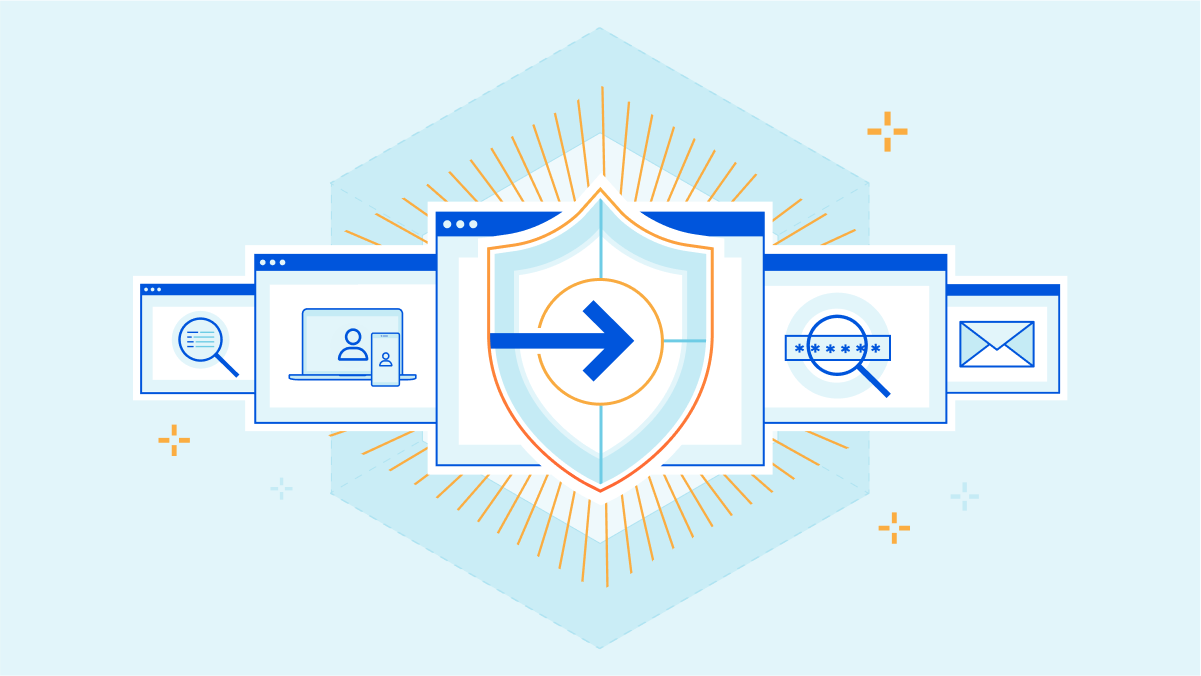
DMARC stands for Domain-based Message Authentication, Reporting, and Conformance. It's an email authentication protocol that helps protect against email phishing and spoofing.
When an email is sent, DMARC allows the domain owner to set up a DNS record that specifies which authentication methods, such as SPF (Sender Policy Framework) and DKIM (DomainKeys Identified Mail), are used to verify the email's authenticity. When the email fails these authentication checks DMARC instructs the recipient's email provider on how to handle the message, either by quarantining it or rejecting it outright.
DMARC has become increasingly important in today's Internet, where email phishing and spoofing attacks are becoming more sophisticated and prevalent. By implementing DMARC, domain owners can protect their brand and their customers from the negative impacts of these attacks, including loss of trust, reputation damage, and financial loss.
In addition to protecting against phishing and spoofing attacks, DMARC also provides reporting capabilities. Domain owners can receive reports on email authentication activity, including which messages passed and failed DMARC checks, as well as where these messages originated from.
DMARC management involves the configuration and maintenance of DMARC policies for a domain. Effective DMARC management requires ongoing monitoring and analysis Continue reading
IBM Cloud works with Cloudflare to help clients modernize and deliver secured cloud infrastructure
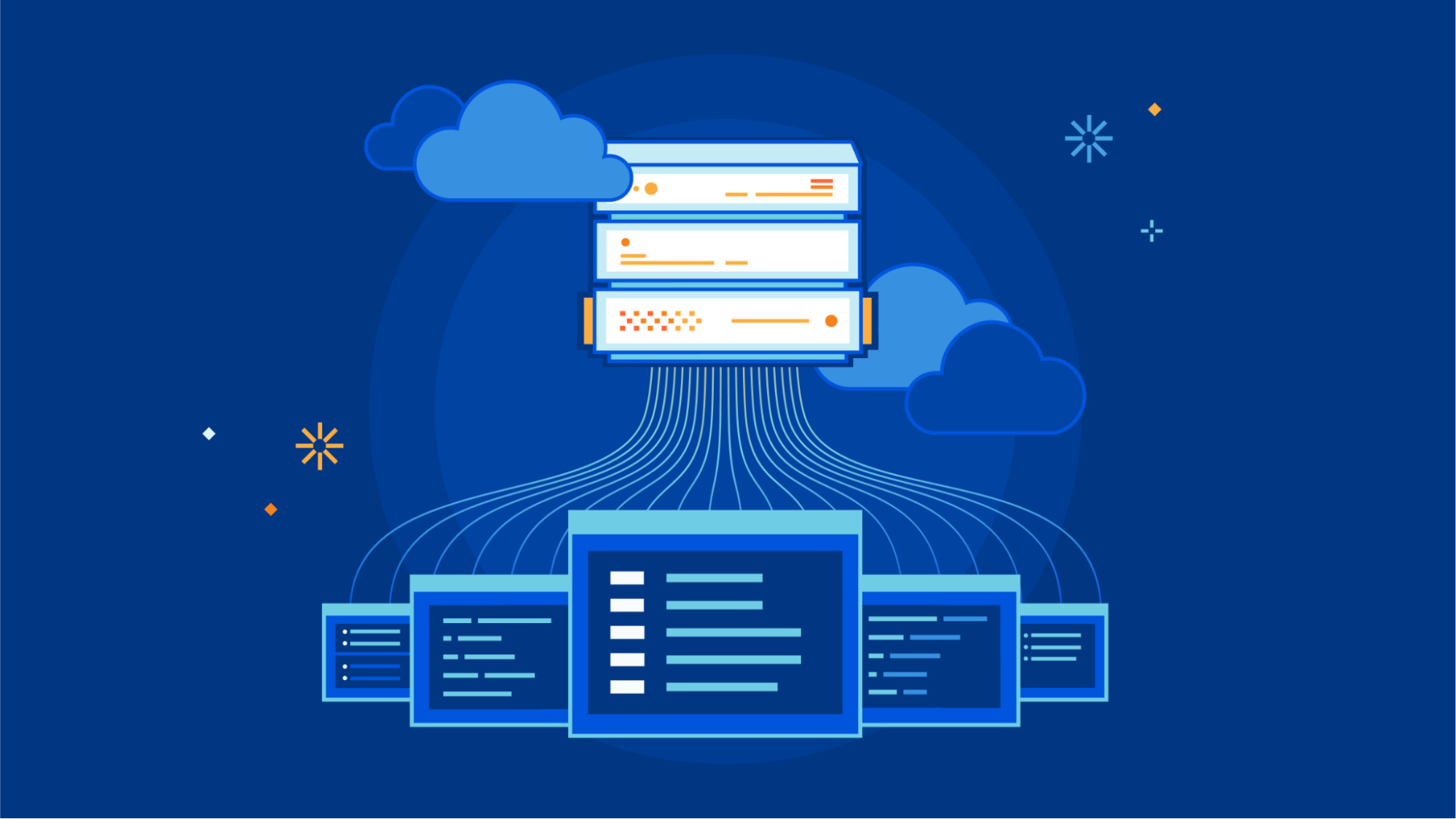
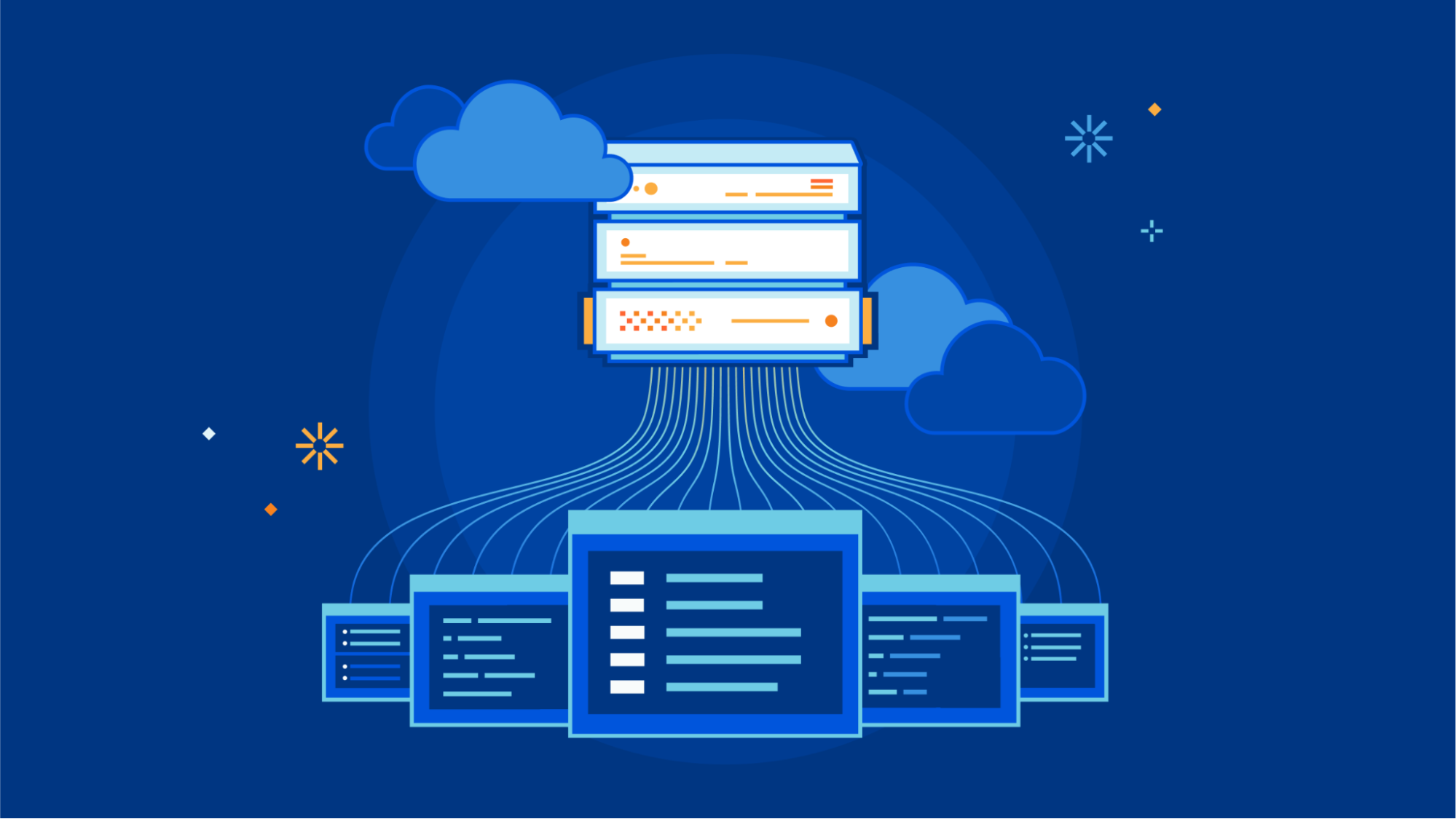
In this blog post, we wanted to highlight some ways that Cloudflare and IBM Cloud work together to help drive product innovation and deliver services that address the needs of our mutual customers. On our blog, we often discuss exciting new product developments and how we are solving real-world problems in our effort to make the internet better and many of our customers and partners play an important role.
IBM Cloud and Cloudflare have been working together since 2018 to integrate Cloudflare application security and performance products natively into IBM Cloud. IBM Cloud Internet Services (CIS) has customers across a wide range of industry verticals and geographic regions but they also have several specialist groups building unique service offerings.
The IBM Cloud team specializes in serving clients in highly regulated industries, aiming to ensure their resiliency, performance, security and compliance needs are met. One group that we’ve been working with recently is IBM Cloud for Financial Services. This group extends the capabilities of IBM Cloud to help serve the complex security and compliance needs of banks, financial institutions and fintech companies.
Bot Management
As malicious bot attacks get more sophisticated and manual mitigations become more onerous, a dynamic and adaptive Continue reading
Advantages of Using Generalized TTL Security Mechanism (GTSM) with EBGP
A few weeks ago I described why EBGP TCP packets have TTL set to one (unless you configured EBGP multihop). Although some people claim that (like NAT) it could be a security feature, it’s not a good one. Generalized TTL Security Mechanism (GTSM, described in RFC 5082) is much better.
Most BGP implementations set TTL field in outgoing EBGP packets to one. That prevents a remote intruder that manages to hijack a host route to an adjacent EBGP peer from forming a BGP session as the TCP replies get lost the moment they hit the first router in the path.
Advantages of Using Generalized TTL Security Mechanism (GTSM) with EBGP
A few weeks ago I described why EBGP TCP packets have TTL set to one (unless you configured EBGP multihop). Although some people claim that (like NAT) it could be a security feature, it’s not a good one. Generalized TTL Security Mechanism (GTSM, described in RFC 5082) is much better.
Most BGP implementations set TTL field in outgoing EBGP packets to one. That prevents a remote intruder that manages to hijack a host route to an adjacent EBGP peer from forming a BGP session as the TCP replies get lost the moment they hit the first router in the path.
Announcing Cloudflare Fraud Detection


The world changed when the COVID-19 pandemic began. Everything moved online to a much greater degree: school, work, and, surprisingly, fraud. Although some degree of online fraud has existed for decades, the Federal Trade Commission reported consumers lost almost $8.8 billion in fraud in 2022 (an over 400% increase since 2019) and the continuation of a disturbing trend. People continue to spend more time alone than ever before, and that time alone makes them not just more targeted, but also more vulnerable to fraud. Companies are falling victim to these trends just as much as individuals: according to PWC’s Global Economic Crime and Fraud Survey, more than half of companies with at least $10 billion in revenue experienced some sort of digital fraud.
This is a familiar story in the world of bot attacks. Cloudflare Bot Management helps customers identify the automated tools behind online fraud, but it’s important to note that not all fraud is committed by bots. If the target is valuable enough, bad actors will contract out the exploitation of online applications to real people. Security teams need to look at more than just bots to better secure online applications and tackle modern, online fraud.
Announcing WAF Attack Score Lite and Security Analytics for business customers


In December 2022 we announced the general availability of the WAF Attack Score. The initial release was for our Enterprise customers, but we always had the belief that this product should be enabled for more users. Today we’re announcing “WAF Attack Score Lite” and “Security Analytics” for our Business plan customers.
Looking back on “What is WAF Attack Score and Security Analytics?”
Vulnerabilities on the Internet appear almost on a daily basis. The CVE (common vulnerabilities and exposures) program has a list with over 197,000 records to track disclosed vulnerabilities.
That makes it really hard for web application owners to harden and update their system regularly, especially when we talk about critical libraries and the exploitation damage that can happen in case of information leak. That’s why web application owners tend to use WAFs (Web Application Firewalls) to protect their online presence.
Most WAFs use signature-based detections, which are rules created based on specific attacks that we know about. The signature-based method is very fast, has a low rate of false positives (these are the requests that are categorized as attack when they are actually legitimate), and is very efficient with most of the attack categories we know. However, Continue reading
How sophisticated scammers and phishers are preying on customers of Silicon Valley Bank
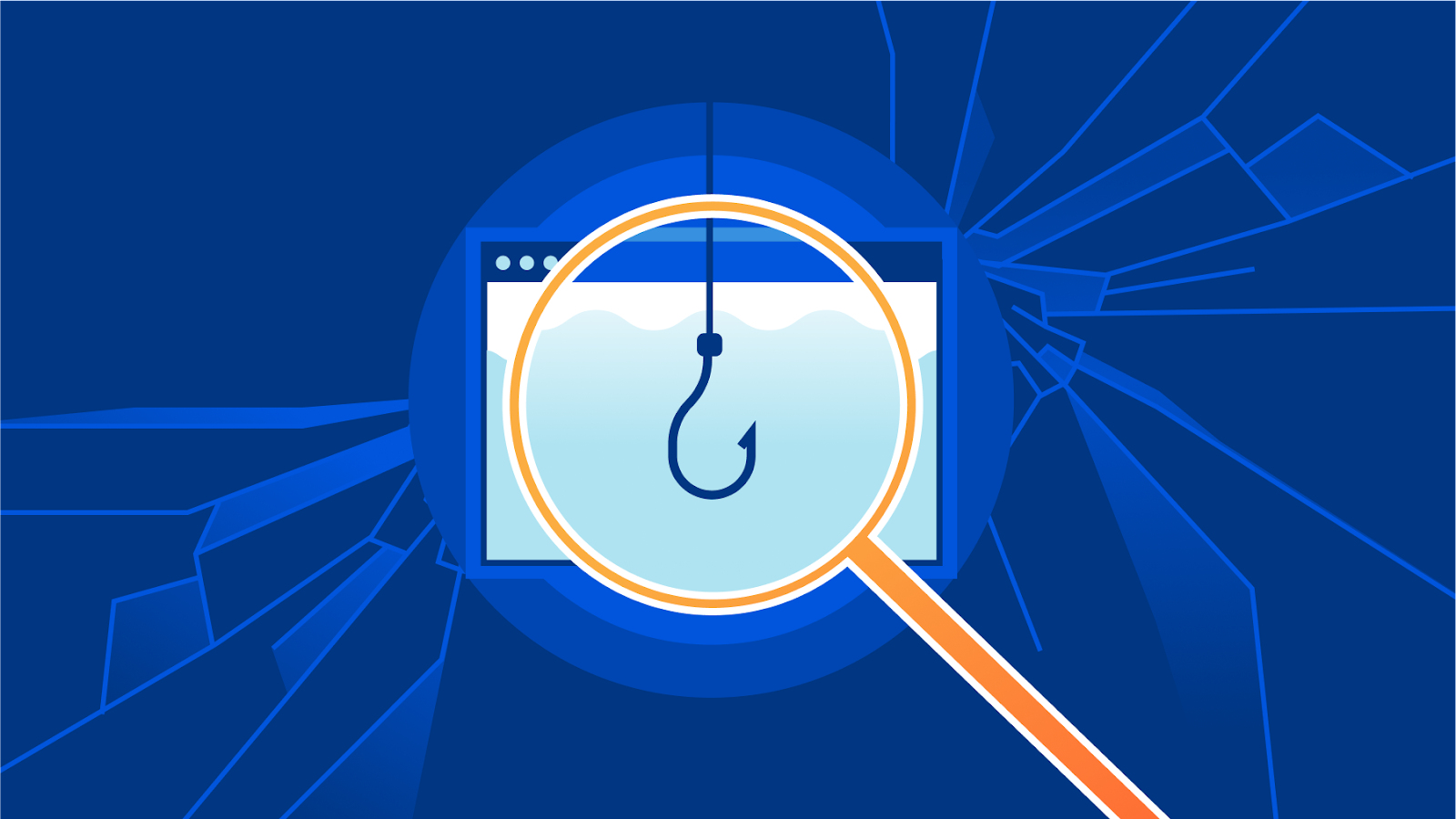
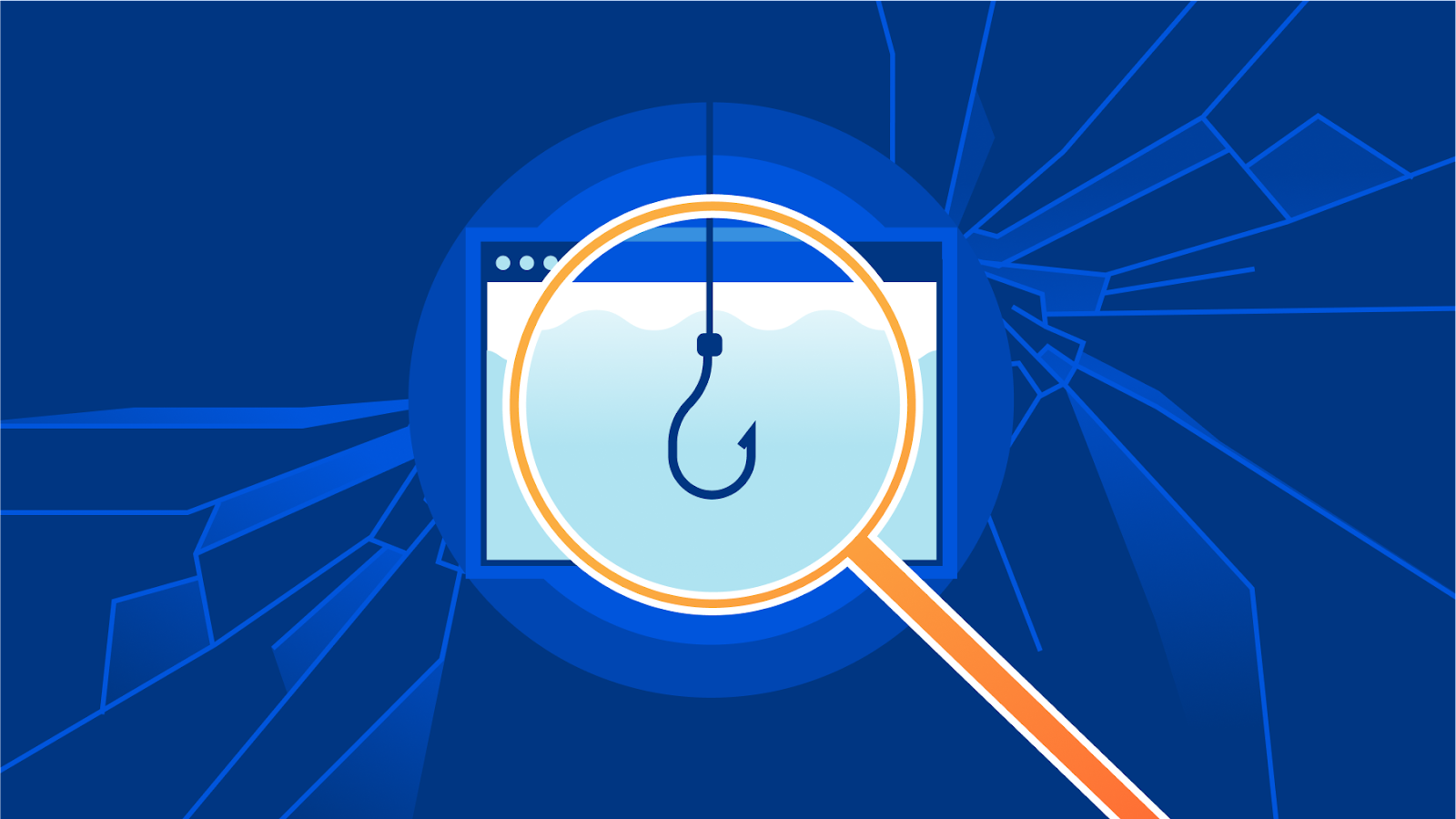
By now, the news about what happened at Silicon Valley Bank (SVB) leading up to its collapse and takeover by the US Federal Government is well known. The rapid speed with which the collapse took place was surprising to many and the impact on organizations, both large and small, is expected to last a while.
Unfortunately, where everyone sees a tragic situation, threat actors see opportunity. We have seen this time and again - in order to breach trust and trick unsuspecting victims, threat actors overwhelmingly use topical events as lures. These follow the news cycle or known high profile events (The Super Bowl, March Madness, Tax Day, Black Friday sales, COVID-19, and on and on), since there is a greater likelihood of users falling for messages referencing what’s top of mind at any given moment.
The SVB news cycle makes for a similarly compelling topical event that threat actors can take advantage of; and it's crucial that organizations bolster their awareness campaigns and technical controls to help counter the eventual use of these tactics in upcoming attacks. It’s tragic that even as the FDIC is guaranteeing that SVB customers’ money is safe, bad actors are attempting to steal that Continue reading
Cloudflare One DLP integrates with Microsoft Information Protection labels


The crown jewels for an organization are often data, and the first step in protection should be locating where the most critical information lives. Yet, maintaining a thorough inventory of sensitive data is harder than it seems and generally a massive lift for security teams. To help overcome data security troubles, Microsoft offers their customers data classification and protection tools. One popular option are the sensitivity labels available with Microsoft Purview Information Protection. However, customers need the ability to track sensitive data movement even as it migrates beyond the visibility of Microsoft.
Today, we are excited to announce that Cloudflare One now offers Data Loss Prevention (DLP) detections for Microsoft Purview Information Protection labels. Simply integrate with your Microsoft account, retrieve your labels, and build rules to guide the movement of your labeled data. This extends the power of Microsoft’s labels to any of your corporate traffic in just a few clicks.
Data Classification with Microsoft Labels
Every organization has a wealth of data to manage, from publicly accessible data, like documentation, to internal data, like the launch date of a new product. Then, of course, there is the data requiring the highest levels of protection, such as customer PII. Continue reading
The state of application security in 2023


One year ago we published our first Application Security Report. For Security Week 2023, we are providing updated insights and trends around mitigated traffic, bot and API traffic, and account takeover attacks.
Cloudflare has grown significantly over the last year. In February 2023, Netcraft noted that Cloudflare had become the most commonly used web server vendor within the top million sites at the start of 2023, and continues to grow, reaching a 21.71% market share, up from 19.4% in February 2022.
This continued growth now equates to Cloudflare handling over 45 million HTTP requests/second on average (up from 32 million last year), with more than 61 million HTTP requests/second at peak. DNS queries handled by the network are also growing and stand at approximately 24.6 million queries/second. All of this traffic flow gives us an unprecedented view into Internet trends.
Before we dive in, we need to define our terms.
Definitions
Throughout this report, we will refer to the following terms:
- Mitigated traffic: any eyeball HTTP* request that had a “terminating” action applied to it by the Cloudflare platform. These include the following actions:
BLOCK,CHALLENGE,JS_CHALLENGEandMANAGED_CHALLENGE. This does not include Continue reading
Scan and secure Atlassian with Cloudflare CASB
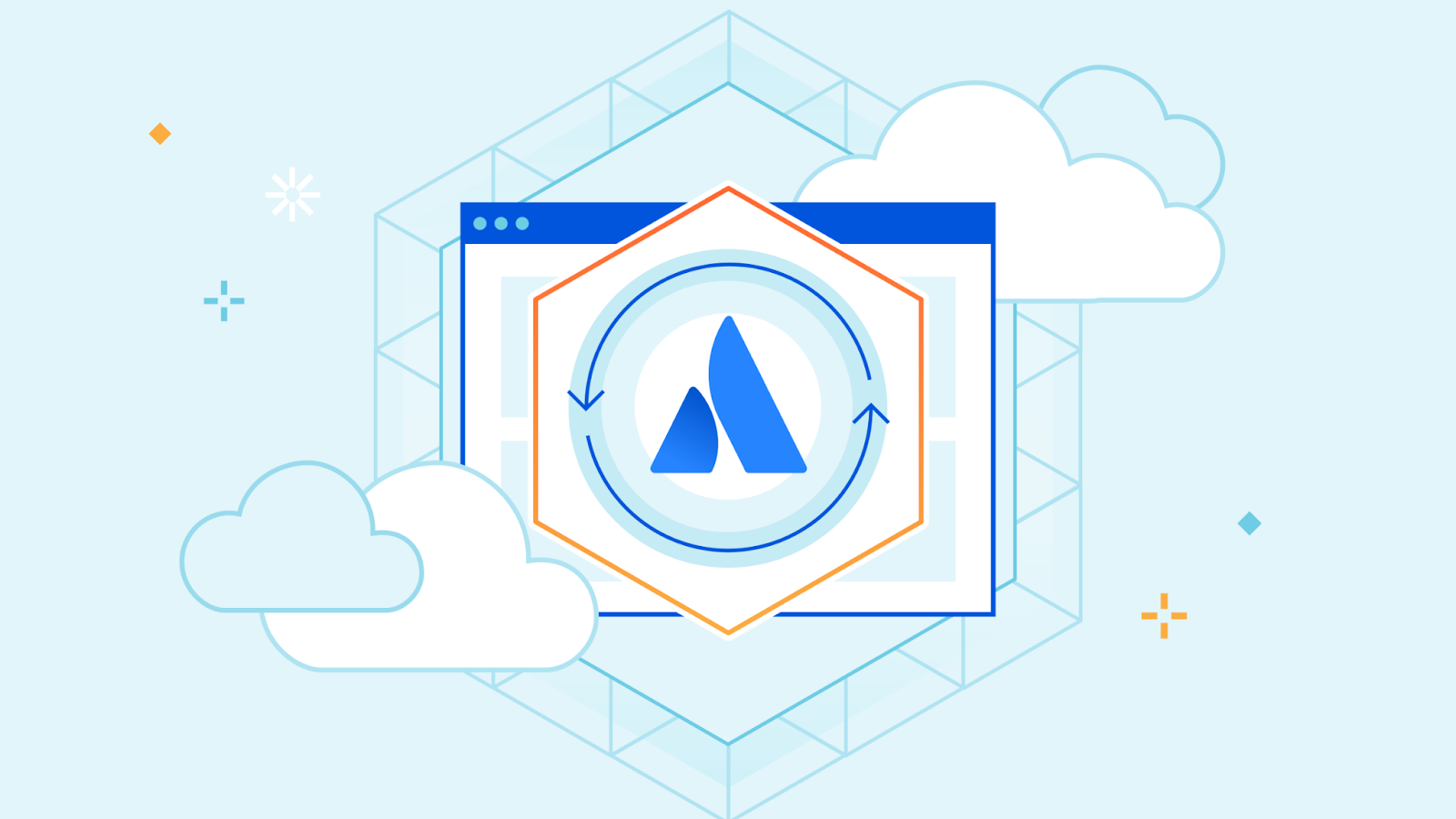

As part of Security Week, two new integrations are coming to Cloudflare CASB, one for Atlassian Confluence and the other for Atlassian Jira.
We’re excited to launch support for these two new SaaS applications (in addition to those we already support) given the reliance that we’ve seen organizations from around the world place in them for streamlined, end-to-end project management.
Let’s dive into what Cloudflare Zero Trust customers can expect from these new integrations.
CASB: Security for your SaaS apps
First, a quick recap. CASB, or Cloud Access Security Broker, is one of Cloudflare’s newer offerings, released last September to provide security operators - CISOs and security engineers - clear visibility and administrative control over the security of their SaaS apps.
Whether it’s Google Workspace, Microsoft 365, Slack, Salesforce, Box, GitHub, or Atlassian (whew!), CASB can easily connect and scan these apps for critical security issues, and provide users an exhaustive list of identified problems, organized for triage.
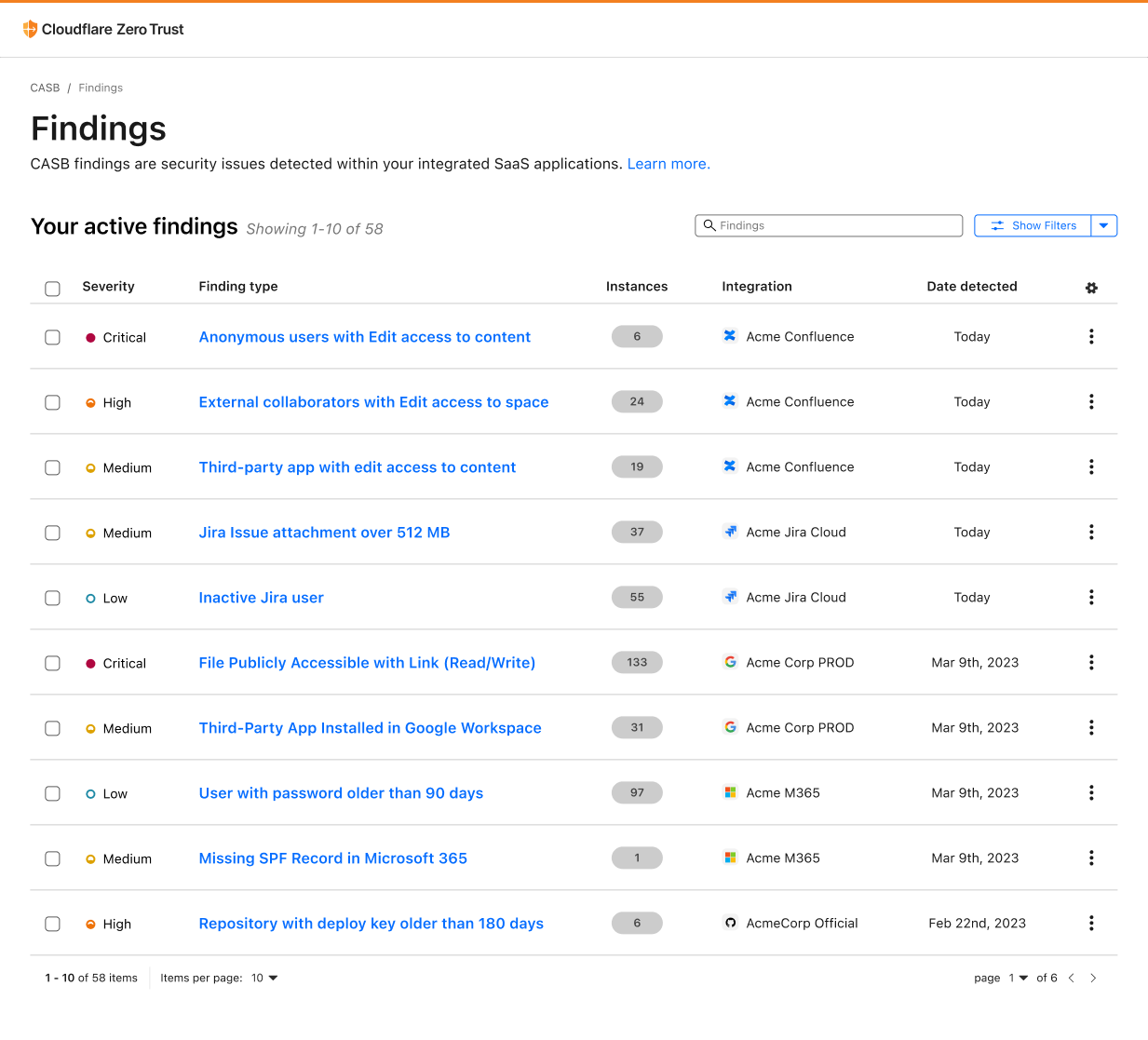
Scan Confluence with Cloudflare CASB
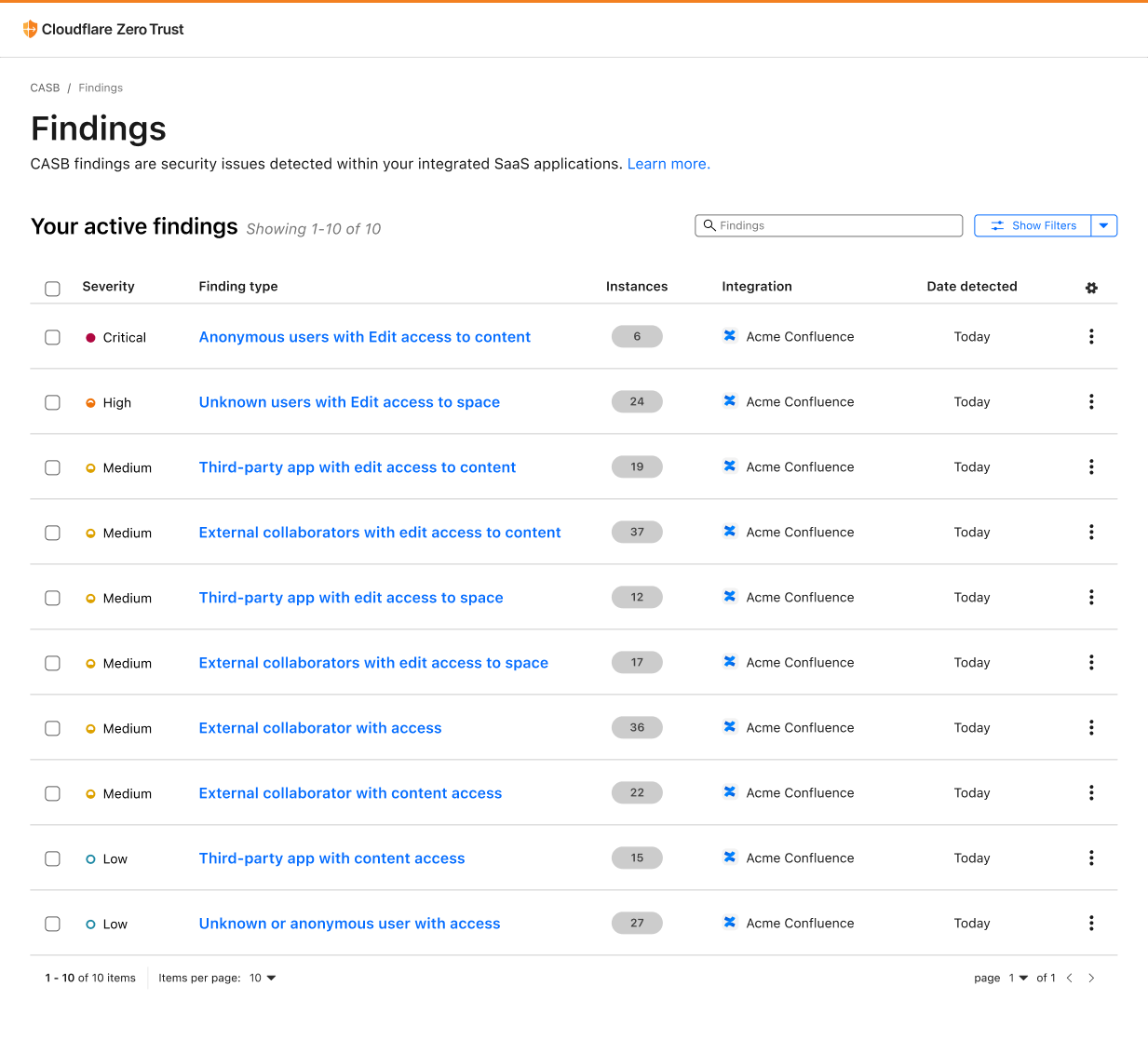
Over time, Atlassian Confluence has become the go-to collaboration platform for teams to create, organize, and share content, such as documents, notes, and meeting minutes. However, from a security perspective, Confluence's flexibility and wide Continue reading
Securing the NSX management plane against exploits
Helping organizations protect their assets and infrastructure from evolving attack tactics and techniques is a priority at VMware. API-focused ransomware attacks have become an all-too-common trend, and we recommend that customers take extra care to reduce their attack surface by deploying NSX Manager — and any other manager console — in a hardened manner.
Management infrastructure and common services typically allow broad access to other potentially more valuable resources within an organization, which in turn provides malicious actors with convenient platforms from which they can launch more damaging attacks. To manage that risk, VMware recommends the following steps to protect your management networks and services deployed within those networks:
- Do not expose NSX Manager to the internet: Like any other management console, NSX Manager should be installed within your internal network and accessed remotely only through a secure VPN connection.
- Use strong authentication methods: Ensure that strong authentication methods, such as multi-factor authentication, are used for all NSX Manager logins.
- Use secure communication protocols: Use secure communication protocols, such as SSL/TLS, to protect the communication between NSX Manager and other components in the environment.
- Implement network segmentation: Segment the network to limit the Continue reading
Locking down your JavaScript: positive blocking with Page Shield policies


Web development teams are tasked with delivering feature-rich applications at lightning speeds. To help them, there are thousands of pre-built JavaScript libraries that they can integrate with little effort.
Not always, however, are these libraries backed with hardened security measures to ensure the code they provide is not tampered with by malicious actors. This ultimately leads to an increased risk of an application being compromised.
Starting today, tackling the risk of external JavaScript libraries just got easier. We are adding a new feature to our client side security solution: Page Shield policies. Using policies you can now ensure only allowed and vetted libraries are executed by your application by simply reviewing a checklist.
Client side libraries
There are more than 4,373 libraries available on cdnjs, a popular JavaScript repository, at the time of writing. These libraries provide access to pre-built functionality to build web applications. The screenshot below shows the most popular on the platform such as React, Vue.js and Bootstrap. Bootstrap alone, according to W3Techs, is used on more than 20% of all websites.

In addition to library repositories like cdnjs, there are thousands of plugins provided directly by SaaS platforms including from names such as Continue reading
Mutual TLS now available for Workers


In today’s digital world, security is a top priority for businesses. Whether you’re a Fortune 500 company or a startup just taking off, it’s essential to implement security measures in order to protect sensitive information. Security starts inside an organization; it starts with having Zero Trust principles that protect access to resources.
Mutual TLS (mTLS) is useful in a Zero Trust world to secure a wide range of network services and applications: APIs, web applications, microservices, databases and IoT devices. Cloudflare has products that enforce mTLS: API Shield uses it to secure API endpoints and Cloudflare Access uses it to secure applications. Now, with mTLS support for Workers you can use Workers to authenticate to services secured by mTLS directly. mTLS for Workers is now generally available for all Workers customers!
A recap on how TLS works
Before diving into mTLS, let’s first understand what TLS (Transport Layer Security) is. Any website that uses HTTPS, like the one you’re reading this blog on, uses TLS encryption. TLS is used to create private communications on the Internet – it gives users assurance that the website you’re connecting to is legitimate and any information passed to it is encrypted.
TLS is enforced Continue reading
How to stay safe from phishing


As you wake up in the morning feeling sleepy and preoccupied, you receive an urgent email from a seemingly familiar source, and without much thought, you click on a link that you shouldn't have. Sometimes it’s that simple, and this more than 30-year-old phishing method means chaos breaks loose – whether it’s your personal bank account or social media, where an attacker also begins to trick your family and friends; or at your company, with what could mean systems and data being compromised, services being disrupted, and all other subsequent consequences. Following up on our “Top 50 Most Impersonated Brands in phishing attacks” post, here are some tips to catch these scams before you fall for them.
We’re all human, and responding to or interacting with a malicious email remains the primary way to breach organizations. According to CISA, 90% of cyber attacks begin with a phishing email, and losses from a similar type of phishing attack, known as business email compromise (BEC), are a $43 billion problem facing organizations. One thing is for sure, phishing attacks are getting more sophisticated every day thanks to emerging tools like AI chatbots and the expanded usage of various communication Continue reading
Deploying firmware at Cloudflare-scale: updating thousands of servers in more than 285 cities


As a security company, it’s critical that we have good processes for dealing with security issues. We regularly release software to our servers - on a daily basis even - which includes new features, bug fixes, and as required, security patches. But just as critical is the software which is embedded into the server hardware, known as firmware. Primarily of interest is the BIOS and Baseboard Management Controller (BMC), but many other components also have firmware such as Network Interface Cards (NICs).
As the world becomes more digital, software which needs updating is appearing in more and more devices. As well as my computer, over the last year, I have waited patiently while firmware has updated in my TV, vacuum cleaner, lawn mower and light bulbs. It can be a cumbersome process, including obtaining the firmware, deploying it to the device which needs updating, navigating menus and other commands to initiate the update, and then waiting several minutes for the update to complete.
Firmware updates can be annoying even if you only have a couple of devices. We have more than a few devices at Cloudflare. We have a huge number of servers of varying kinds, from varying vendors, spread Continue reading
Xcitium’s Endpoint Virtual Jail Aims To Lock Up Mystery Malware
Xcitium is an Endpoint Detection and Response (EDR) vendor that sells client software that uses multiple methods to protect endpoints. Methods include anti-virus, a host firewall, a Host Intrusion Protection System (HIPS), and a technique it calls ZeroDwell Containment. The first three components are straightforward. The AV software relies on signatures to detect known malware. […]
The post Xcitium’s Endpoint Virtual Jail Aims To Lock Up Mystery Malware appeared first on Packet Pushers.
Kubernetes Security And Networking 3: Helpful Tips For Securing Your Kubernetes Cluster – Video
Michael Levan reviews security essentials for protecting your Kubernetes infrastructure, including worker nodes. He discusses server hardening using CIS Benchmarks as a guide, running a scanner (using Kubescape as an example), and employing role-based access control (RBAC). You can subscribe to the Packet Pushers’ YouTube channel for more videos as they are published. It’s a […]
The post Kubernetes Security And Networking 3: Helpful Tips For Securing Your Kubernetes Cluster – Video appeared first on Packet Pushers.
Friction as a Network Security Concept

I had the recent opportunity to record a podcast with Curtis Preston about security, data protection, and networking. I loved being a guest and we talked about quite a bit in the episode about how networking operates and how to address ransomware issues when they arise. I wanted to talk a bit more about some concepts here to help flesh out my advice as we talked about it.
Compromise is Inevitable
If there’s one thing I could say that would make everything make sense it’s this: you will be compromised. It’s not a question of if. You will have your data stolen or encrypted at some point. The question is really more about how much gets taken or how effectively attackers are able to penetrate your defenses before they get caught.
Defenses are designed to keep people out. But they also need to be designed to contain damage. Think about a ship on the ocean. Those giant bulkheads aren’t just there for looks. They’re designed to act as compartments to seal off areas in case of catastrophic damage. The ship doesn’t assume that it’s never going to have a leak. Instead, the designers created it in such a way as Continue reading
New Zero Trust navigation coming soon (and we need your feedback)

We’re updating the Zero Trust navigation

On March 20, 2023, we will be launching an updated navigation in the Zero Trust dashboard, offering all of our Zero Trust users a more seamless experience across Cloudflare as a whole. This change will allow you to more easily manage your Zero Trust organization alongside your application and network services, developer tools, and more.
As part of this upcoming release, you will see three key changes:
Quicker navigation
Instead of opening another window or typing in a URL, you can go back to the Cloudflare dashboard in one click.

Switch accounts with ease
View and switch accounts at the top of your sidebar.

Resources and support
Find helpful links to our Community, developer documentation, and support team at the top of your navigation bar.

Why we’re updating the Zero Trust navigation
In 2020, Gateway was broadly released as the first Cloudflare product that didn’t require a site hosted on Cloudflare’s infrastructure. In other words, Gateway was unconstrained by the site-specific model most other Cloudflare products relied on at the time, while also used in close conjunction with Access. And so, the Cloudflare for Teams dashboard was built on a new model, designed from Continue reading
The White House’s National Cybersecurity Strategy asks the private sector to step up to fight cyber attacks. Cloudflare is ready


On Thursday, March 2, 2023, the Biden-Harris Administration released the National Cybersecurity Strategy aimed at securing the Internet. Cloudflare welcomes the Strategy, and congratulates the White House on this comprehensive, much-needed policy initiative. The goal of the Strategy is to make the digital ecosystem defensible, resistant, and values-aligned. This is a goal that Cloudflare fully supports. The Strategy recognizes the vital role that the private sector has to play in defending the United States against cyber attacks.
The Strategy aims to make a fundamental shift and transformation of roles, responsibilities, and resources in cyberspace by (1) rebalancing the responsibility to defend cyberspace by shifting the burden away from individuals, small businesses, and local governments, and onto organizations that are most capable and best-positioned to reduce risks, like data holders and technology providers; and (2) realigning incentives to favor long-term investments by balancing defending the United States against urgent threats today and simultaneously investing in a resilient future. The Strategy envisions attaining these goals through five collaborative pillars:
- Pillar One: defending critical infrastructure;
- Pillar Two: disrupting and dismantling threat actors;
- Pillar Three: shaping market forces to drive security and resilience;
- Pillar Four: investing in a resilient future; and
- Pillar Five: forging Continue reading